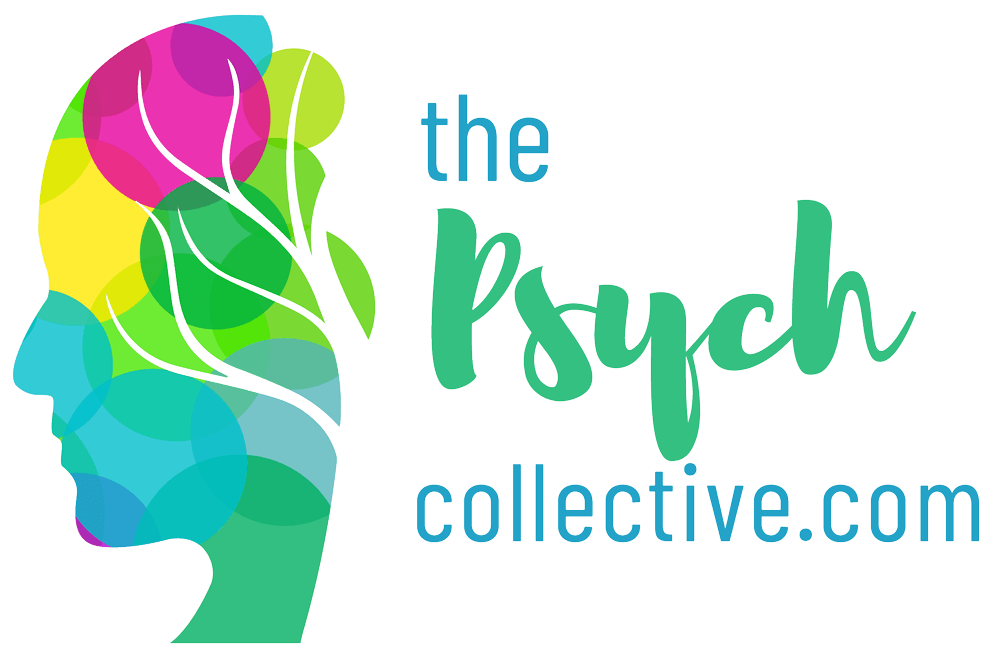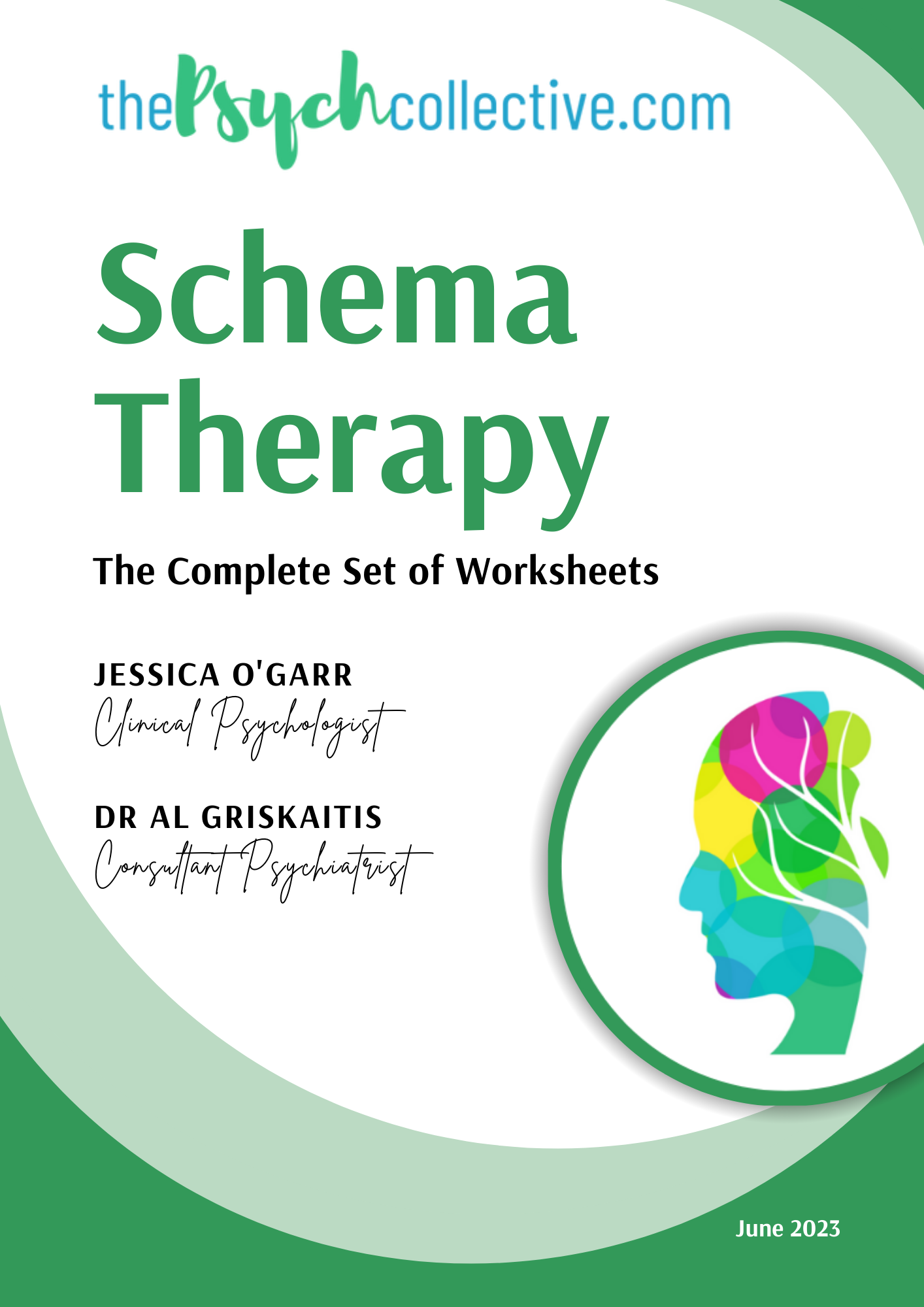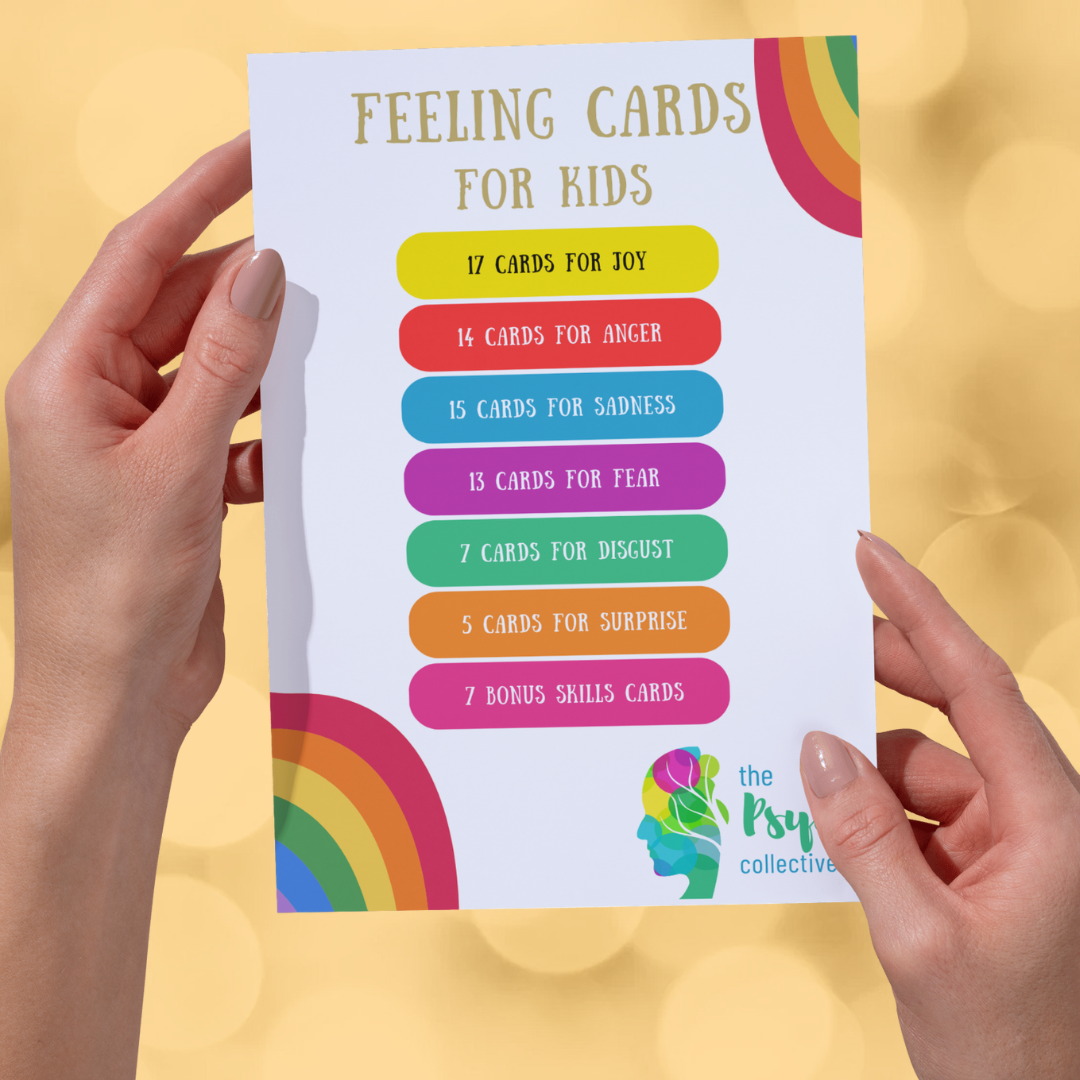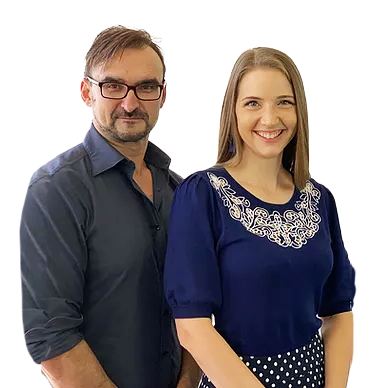Understanding the Maladaptive Schemas
What is a Schema?
A schema is a framework for the way we organise information. It is like a blueprint that shows us how to understand the world. A schema looks at how we collect, store and interpret information about ourselves and the people around us. Often referred to as a 'node', schemas are interconnected memory structures that hold on to data that is collated over time.
Our early childhood experiences inform our view of the world and ourselves in it. Schemas often begin to emerge in our early years based on our experiences of getting our needs met. If our primary caregivers met our psychological needs of attachment, autonomy, play, freedom and boundaries, then we learned that we are safe, loved and important. If these needs were not met, then we learned that we are unloved, unsafe and unwanted. This leads to the development of maladaptive schemas, such as Failure, Defectiveness and Abandonment.
From the latest research, we now recognise 20 maladaptive schemas.
1. Abandonment
The belief that everyone will leave, creating a sense of loneliness as no one can offer the emotional support, connection, strength, or protection needed. This often leads to hypervigilance towards signs of perceived rejection, resulting in anxiety. This may resulting clingy behaviours, intolerance of short absences or avoidance of starting relationships due to the impending abandonment.
2. Mistrust/ Abuse
The belief that others will cause harm by lying, cheating, manipulating, hurting, shaming or abusing. People with this schema have great difficulty trusting others, believing there to be a hidden agenda. They are often guarded, suspicious and defensive towards others, even without provocation or evidence that the other person actually intends to cause harm.
3. Emotional Deprivation
The belief that the need for emotional support, attention, understanding, empathy and help will never be sufficiently met by others. It is usually based on early experiences of a lack of affection or support. People with these beliefs were often deprived of nurturance (cuddles, quality time), empathy (validation and compassion) and protection (safety, defence, guidance) when they were younger, and hence do not believe that it is possible or even that it exists as an adult.
4. Defectiveness
The belief of being flawed, worthless, bad, incapable, or useless in important aspects of life. People with this schema see themselves as entirely broken. They may avoid relationships so as to not burden others. Others may feel that they are putting on a charade and fear being 'found out'. They often make self-deprecating comments and blame themselves for things beyond their control. They are the masters of compare and despair, judging themselves to be less worthy or desirable compared to everyone else.
5. Social Isolation
The perception of being isolated from others, being different from other people, not being part of a group or having no sense of belonging. There may be a reason for not fitting in, such as appearance, race, neurodivergence, sexuality or economic status. They feel alienated within their family, community, school, or work environment. They may then isolate themselves as a protective measure to not allow further opportunities to be excluded.
6. Dependence/Incompetence
The belief that a large amount of support is required from others in order to be able to manage daily life or complete tasks. People with this schema see themselves as incapable of performing tasks independently and fear making decisions on their own. They lack confidence in their problem-solving skills so will turn to others to seek instruction or to have someone solve their problems for them.
7. Vulnerability to Harm/Illness
The belief that there is a constant risk of illness, harm or danger that cannot be prevented. People with this schema constantly fear that disaster will occur at any time and the consequences will be catastrophic. They fear that chest pain is a heart attack, a headache means a tumour, the next storm will knock a tree onto their house and their children will die in a horrible accident. They are perpetually anxious and restrict their lives to reduce their exposure to risk.
8. Enmeshment/Underdeveloped Self
The strong attachment to others and over-involvement in their lives due to the belief that one does not have any social life or interests of their own and therefore needs to be close to others. People with this schema believe that they could not survive emotionally without the particular relationship, as their identity is fused with the other person. They lack a strong sense of identity that is independent of the relationship.
9. Failure
The belief that one has failed or will always fail in areas of performance, such as work, school or sports. This schema is focused on task performance and can be quite specific (as opposed to Defectiveness which is global). People with this schema doubt their abilities or intelligence and measure their failure in domains such as career, income, marital status or aptitude. Some people with this schema actually achieve success in these domains, but think of themselves as a fraud and are fearful of being found out for 'fluking it'.
10. Entitlement/Grandiosity
The belief that one is better than others or more deserving of special treatment than others. People with this schema see themselves as above the law and consider the rules that govern the rest as unnecessary for themselves. They expect others to make exceptions for them, grant their favours and prioritise their demands over others. They are often very selfish and spoiled. It is important to differentiate between those with 'pure' entitlement and those who are overcompensating for a Defectiveness schema.
11. Insufficient Self-Control/Self-Discipline
The difficulty with controlling impulses or urges, resulting in risk-taking behaviours or expressing feelings in an extreme manner. There is often a low frustration tolerance and unwillingness to make a sustained effort to achieve something difficult. People with this schema often give up on a task when it becomes too hard. They are often disorganised, distractible and prone to developing addictive disorders. It is important to differentiate this schema from underlying ADHD.
12. Subjugation
The act of giving over control to others to allow them to make decisions due to the belief of oneself being weak and others being stronger. People with this schema may subjugate their needs by staying silent on what they want and following the lead of others, or they may subjugate their emotions by hiding them so they won't be abandoned. They often feel powerless in their situation or relationships and may have a passive-aggressive style of agreeing at the time and then resent the decisions made later.
13. Self-Sacrifice
The belief that the needs of others are more important and must be fulfilled at all costs, to the detriment of one’s own happiness or well-being. People with this schema believe that caring for themselves is selfish and feel guilty for doing so. They wish to serve others to make themselves more likeable or to prevent abandonment and rejection by others. They may take on the emotions of others, describing themselves as an 'empath'.
14. Approval-Seeking
The act of trying excessively to achieve the approval, praise, or attention of others or trying to fit in at the cost of developing one’s own true feelings or identity. People with this schema have an insatiable need for external validation and believe that without the attention of others, their achievements do not matter. They have a strong need to be liked and admired by others, conflating attention with attachment. This schema may commonly present in people with Histrionic Personality Disorder.
15. Negativity/Pessimism
The tendency to focus on the negative aspects of life and always expect the worst. People with this schema have often accumulated an extensive number of traumatic or negative events in their lifetime which creates this bias of pessimism. They always predict the worst outcome to prepare themselves for the eventuality of disaster. They discount any examples of good outcomes, attributing them to flukes or find a way to discredit them.
16. Emotional Constriction
The need to excessively inhibit spontaneous feelings, actions, or communication, usually to avoid feelings of dislike or shame, or to avoid losing control over impulses. This schema is the revised version of Emotional Inhibition. People with this schema have a tendency to excessively control their expressions, resulting in flat affect, unreadable facial expressions and a presence of aloofness. They fear being shamed or criticised for displaying their emotions, which likely developed from invalidation of their feelings as a child.
17. Fear of Losing Control
The belief that something terrible will happen if one fails to maintain control over their emotions. This is the second half of the original Emotional Inhibition schema. People with this schema are often hypervigilant of their internal environment, predicting uncontrolled bouts of dysregulation, such as in panic attacks. Others may fear their anger and believe that if they were to express it, they would lose control, become aggressive and cause harm.
18. Unrelenting Standards
The belief that one must work excessively hard to meet very high standards for behaviour and achievement to avoid criticism from oneself or others. People with this schema are often described as perfectionists, striving for unachievable results and condemning themselves when they don't achieve this. There is a constant sense of pressure towards completing their endless to-do list which lacks realistic limits, but rather focuses on what should be done instead of what can be achieved with available time and resources.
19. Punitiveness towards Others
The belief that people should be punished harshly if they make mistakes. People with this schema struggle to forgive others even for minor mistakes and may present as morally superior. They are harsh critics and highly judgemental of others. They believe that punishment will lead to improved behaviour or greater compliance in the future. They lack empathy or compassion towards others, though they may silently judge rather than vocally express their disdain.
20. Punitiveness towards Self
The belief that one should harshly punish themselves for mistakes. People with this schema are their own worst enemy. They are hypercritical towards their mistakes, flaws and perceived effectiveness. They may engage in self-harming behaviours or restrict their access to food, sleep or positive activities as punishment for not meeting their own standards. Their inner critic is very loud, constantly judging and condemning their existence.
Interested and want to learn more.
Download this 68-page PDF from our Resources page to get a full description of each maladaptive schema, plus the 14 adaptive schemas.
Share
Categories
About Our Resources
We offer actionable resources and teach real skills to help people make meaningful change in managing mental health issues through different modes depending on people's learning preferences including infographics, text, worksheets, handouts and video.
